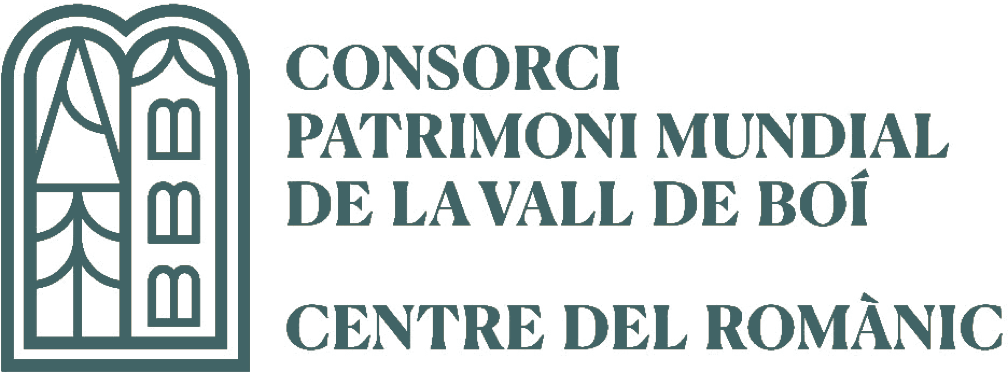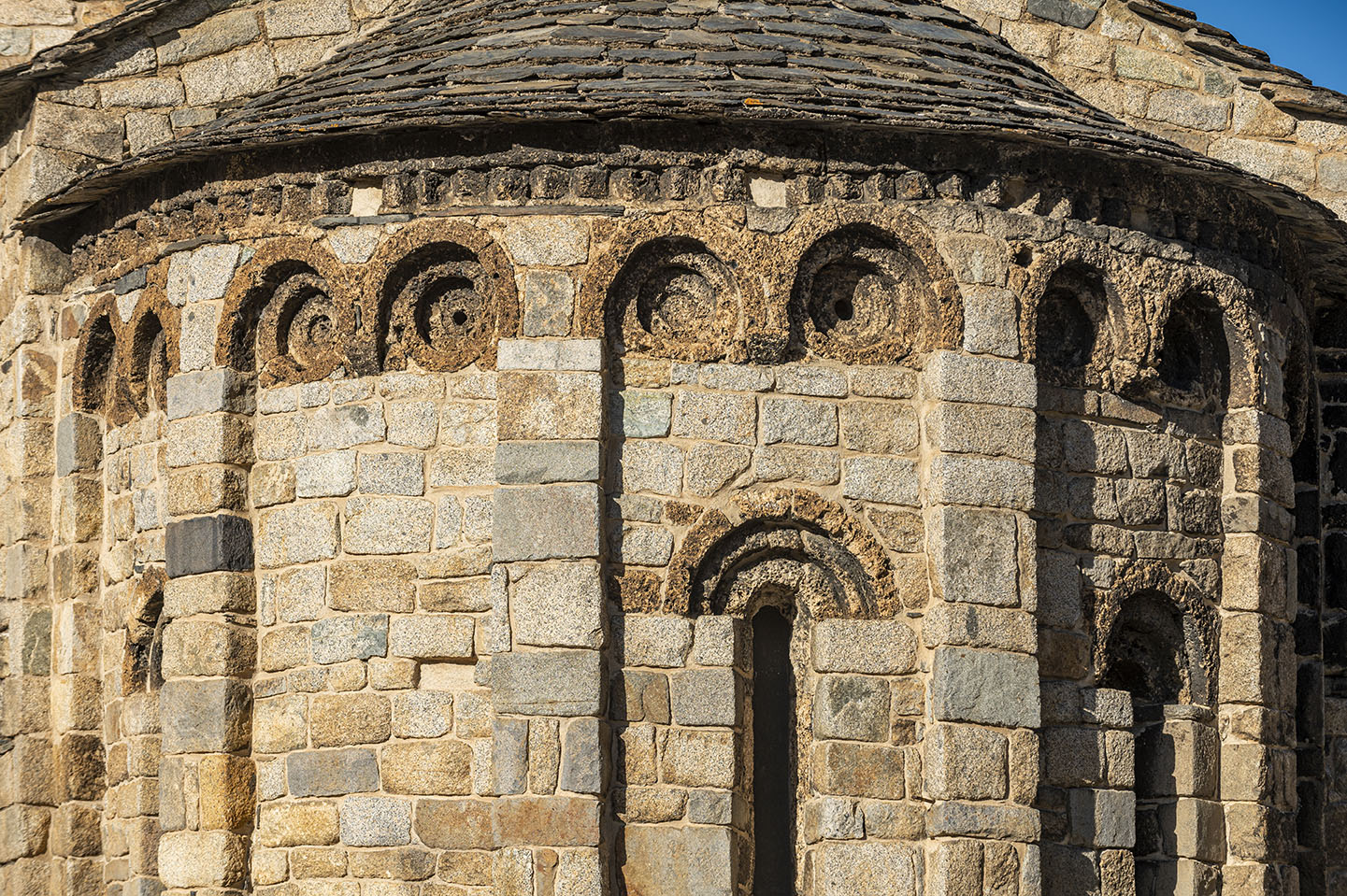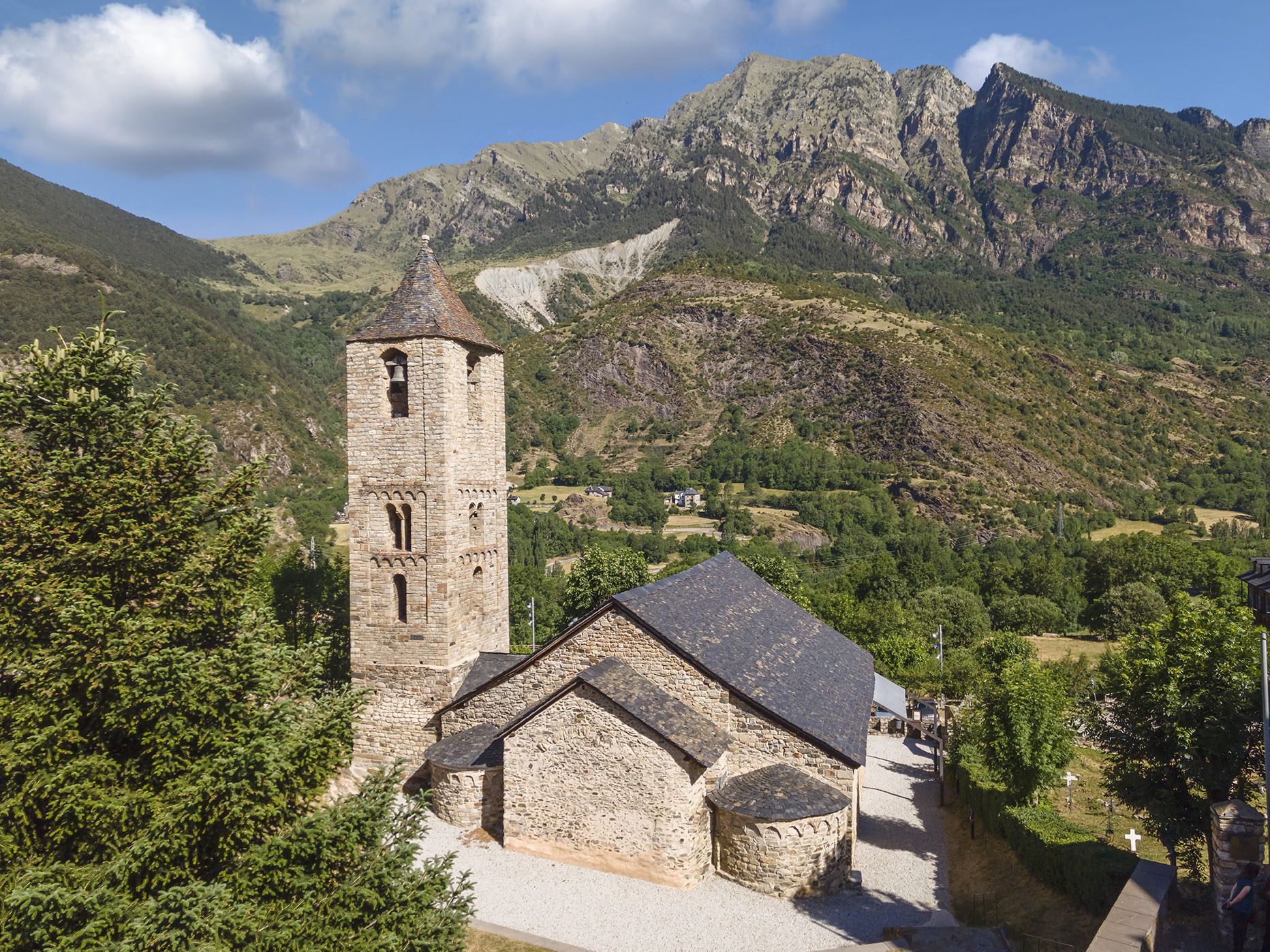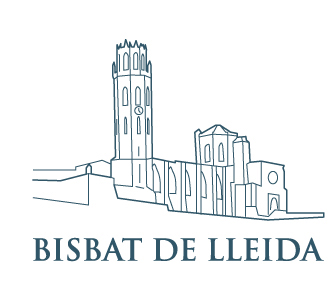The Church of Santa Maria was consecrated on 11th December 1123, one day after Sant Climent de Taüll, reflecting the importance of the resources that the Lords of Erill assigned to the Vall de Boí in the early 12th century.
Located in the middle of the town, it’s the only church in the valley that seems to have led to the population settling around it.
Most of the Romanesque wall paintings in its interior were removed and moved to Barcelona between 1919 and 1923, just like those in the rest of the valley. Reproductions of the central apse and the south wall can currently be seen in the church.
The central apse is presided over by the scene of the Epiphany, with the Child Jesus sitting on the Virgin Mary’s lap and the Kings from the East making offerings.
On the south wall we should highlight the scene of the Kings from the East adoring the infant Jesus and visiting Herod.




































